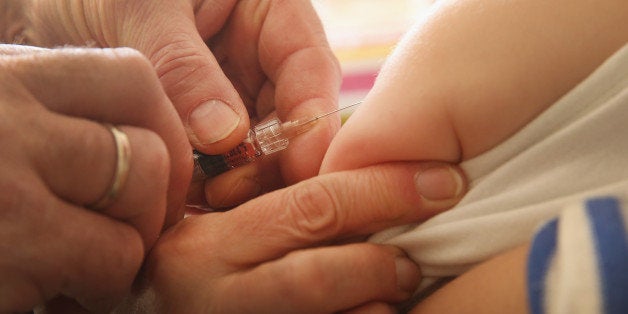
It was a generation ago that Harry Truman said, and I quote him:
'Millions of our citizens do not now have a full measure of opportunity to achieve and to enjoy good health. Millions do not now have protection or security against the economic effects of sickness. And the time has now arrived for action to help them attain that opportunity and to help them get that protection.'
... The need for this action is plain; and it is so clear indeed that we marvel not simply at the passage of this bill, but what we marvel at is that it took so many years to pass it.
President Lyndon B. Johnson said this as he signed Medicaid into law on July 30, 1965, thanking former President Harry S. Truman and the many members of Congress from both parties who laid the groundwork and worked tirelessly to make the Medicaid program and its protections reality. Not only has Medicaid been a lifesaver for tens of millions of older Americans for 50 years, it has helped Americans of all ages, including millions of children. Together with the Children’s Health Insurance Program (CHIP), it has brought the number of uninsured children to a historic low. Medicaid and CHIP provide comprehensive and affordable health coverage to more than 44 million children -- 57 percent of all children in America. With the new coverage options offered by the Affordable Care Act (ACA), 93 percent of all children now have health coverage.
Yet, at a time when we should be celebrating Medicaid and CHIP successes, serious threats to Medicaid, CHIP and the ACA continue to surface in Congress. So, in addition to advocating for continuing improvements in children’s health coverage, we must also play defense to protect the hard-earned gains made for children as well as adults.
The 2016 Budget Resolution, passed by both the House and the Senate, paves the way to radically restructure Medicaid, making deep cuts that will reverse the progress made in reducing the rate of uninsured children, pushing tens of millions of Americans -- including millions of children -- into the ranks of the uninsured and underinsured. The Budget Resolution also puts in motion a process to repeal the ACA, which prohibits discrimination against the 129 million children and adults with pre-existing health conditions, helps over 5 million uninsured 18-26 year olds now covered under parental insurance plans, and extends Medicaid coverage to age 26 for some youths leaving foster care. More than 10 million near poor adults, including many parents, in the twenty-nine states and the District of Columbia that have expanded their Medicaid rolls under the ACA will lose Medicaid coverage as a result.
While children comprise 48 percent of those enrolled in Medicaid, they account for less than a quarter of Medicaid costs. Medicaid’s current structure guarantees children the health and mental health care to meet their individual needs when they need it and must be protected. Major structural changes like block grants or per capita caps that limit expenditures for the entire Medicaid program don’t create cost efficiencies. They shift costs from the federal government to states, local communities and/or beneficiaries. To meet rigid constraints of such federal limits states would have to increase their spending, make deep cuts or both. Any “savings” would likely come from reducing eligibility, limiting benefits, increasing cost sharing, or cutting already below-market provider payment rates. Any of these steps would impose significant harm on millions of vulnerable children and families. Changes that result in loss of or limits on children’s health coverage would also require states and local communities to absorb substantial costs. An uninsured child costs the local community $2,100 more than a child covered by Medicaid.
Right now, Medicaid’s Early and Periodic Screening, Diagnostic and Treatment (EPSDT) benefit guarantees the full range of comprehensive primary and preventive coverage children need, preventing more serious and costly consequences later on. Almost 75 percent of children enrolled in Medicaid had a preventive well-child visit in the past year compared to 41 percent of uninsured children. Children enrolled in Medicaid miss fewer classes and perform better in school than uninsured children.
Medicaid covers more than 40 percent of all births in the United States, and every $1 spent on prenatal care can save $3.33 in costs associated with care immediately after birth, and another $4.63 associated with costs later in the child’s life. Medicaid is also a special lifeline for children with disabilities, serving 40 percent of children in America with special health care needs. For many of these children, Medicaid is the only source of financing for their care. For others Medicaid supplements private coverage to help ensure access to the medical equipment and devices (such as hearing aids) they need to survive and thrive.
New research documents the long-term benefits of Medicaid coverage in childhood. The National Bureau of Economic Research compared children eligible for Medicaid during childhood to their non-eligible peers and found that the Medicaid-eligible children were more likely to attend college, make greater contributions as adult taxpayers and live longer than those without coverage. The findings reaffirm the economic case for doing what common sense and morality already dictate: by investing in childhood well-being now, the government will recoup the benefits later. After 50 years of Medicaid’s protections, how can any elected leaders still not get it, or get it, but simply not care about the most vulnerable among us? We should let them hear from us.
